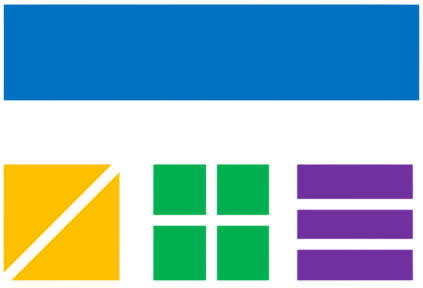RMD Calculator Information
What is an RMD Calculator?
RMD Calculator helps you calculate Required Minimum Distributions from retirement accounts. Enter your account balance, age, and other details to determine your mandatory withdrawal amount. This tool is ideal for anyone approaching or over age 72 who needs to take RMDs from traditional IRAs, 401(k)s, and other qualified retirement accounts.
How RMDs Work
Required Minimum Distributions (RMDs) are mandatory withdrawals from retirement accounts starting at age 72 (or 73 if you reach age 72 after 2022). The IRS requires these distributions to ensure that retirement accounts are eventually taxed. Understanding these key concepts is crucial:
- Account Balance: The value of your retirement account as of December 31st of the previous year
- Distribution Factor: A number from IRS life expectancy tables based on your age
- RMD Amount: The minimum amount you must withdraw each year
- Penalty: 50% penalty on any RMD amount not withdrawn on time
- Deadline: RMDs must be taken by December 31st each year (except first year)
How RMDs Are Calculated
RMDs are calculated using a simple formula based on your account balance and life expectancy factor:
- Account Balance = Value as of December 31st of the previous year
- Distribution Factor = From IRS life expectancy tables based on your age
- RMD = Minimum amount you must withdraw annually
Example: $500,000 account balance, age 75, distribution factor 24.6
Required Minimum Distribution: $20,325.20
Life Expectancy Tables
Understanding Which Table to Use
Uniform Lifetime Table
- Used by most account owners
- Spouse is not sole beneficiary
- Spouse is not more than 10 years younger
- No beneficiary is named
- Most common scenario
Joint Life Table
- Used when spouse is sole beneficiary
- Spouse is more than 10 years younger
- Results in smaller RMDs
- More favorable distribution factors
- Requires spousal beneficiary designation
RMD Deadlines and Rules
- First RMD: Must be taken by April 1st of the year after you turn 72 (or 73)
- Subsequent RMDs: Must be taken by December 31st each year
- Multiple Accounts: Calculate RMD for each account separately
- IRA Aggregation: You can take the total RMD from any combination of IRAs
- 401(k) Accounts: Must take RMD from each 401(k) separately
- Penalty: 50% of the amount that should have been distributed
- Taxation: RMDs are generally taxable as ordinary income
Tips for Managing RMDs
- Take RMDs by December 31st each year to avoid penalties
- Consider qualified charitable distributions (QCDs) to reduce taxes
- Plan for the tax impact of RMDs on your income
- Reinvest RMD proceeds in taxable accounts if not needed for expenses
- Consider Roth conversions before RMDs begin
- Automate your RMD withdrawals to avoid missing deadlines
- Keep records of all RMD distributions for tax purposes
RMD Strategies
Advanced RMD Planning Strategies
Qualified Charitable Distributions (QCDs)
Donate up to $100,000 directly to charity
Counts toward RMD but not taxable income
Roth Conversions
Convert traditional IRA to Roth before RMDs
Roth IRAs don\'t require RMDs during lifetime
Tax Bracket Management
Take larger distributions in lower-income years
Reduce future RMDs and tax burden
Investment Strategy
Consider more conservative investments
Reduce volatility as RMDs approach
Frequently Asked Questions (FAQ)
Q: When do I need to start taking RMDs?
A: RMDs must begin by April 1st of the year after you turn 72 (or 73 if you reach age 72 after 2022). This is called your "required beginning date."
Q: What happens if I don't take my RMD?
A: You'll owe a 50% penalty on the amount that should have been distributed, plus regular income taxes. The penalty is one of the harshest in the tax code.
Q: Do Roth IRAs require RMDs?
A: No, Roth IRAs don't require RMDs during the account owner's lifetime. However, beneficiaries may be subject to RMD rules depending on when they inherited the account.
Q: Can I take more than the RMD amount?
A: Yes, you can take more than the RMD, but you cannot take less without facing penalties. Taking more can help reduce future RMDs and tax burden.
Q: How do I calculate RMDs for multiple accounts?
A: Calculate RMD for each account separately. For IRAs, you can take the total RMD from any combination of IRAs. For 401(k)s, you must take RMD from each account separately.
Important Disclaimers
Disclaimer: This calculator provides estimates for educational purposes only. Actual RMD amounts may vary based on your specific circumstances, account types, and IRS regulations.
Always consult with a tax professional, financial advisor, or retirement planning specialist for personalized advice. RMD rules are complex and subject to change by Congress.
This calculator does not account for all possible scenarios, special circumstances, or recent changes to RMD rules. Verify all calculations with your financial institution and tax advisor.
